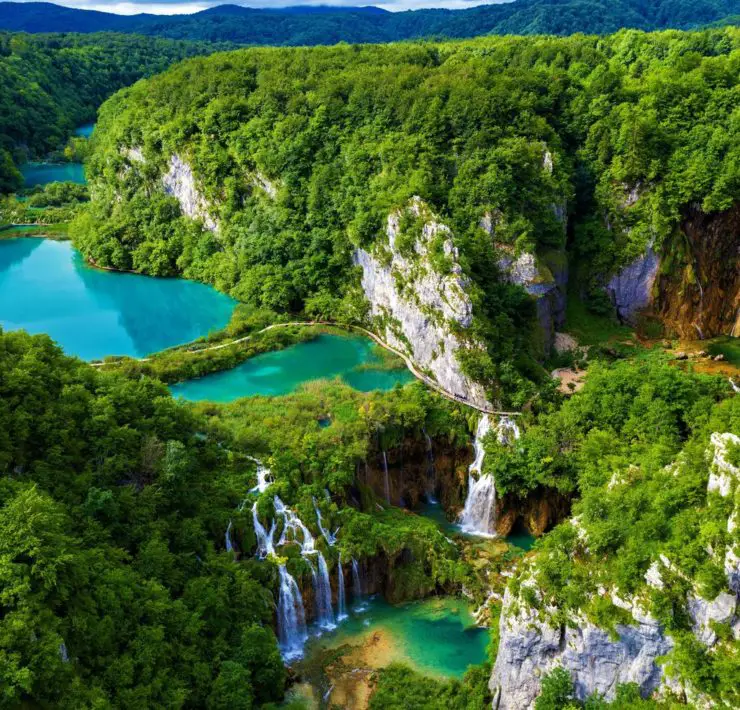A remote island located in the Tasman Sea, approximately 20 kilometers southeast of Lord Howe Island in the Pacific Ocean (over 644 kilometers northeast of Sydney, Australia), has been an almost off-limits location. However, it is unexpectedly becoming a significant site when it comes to diving, climbing, and weird-insect searching. This iconic pyramid-looking site called Ball’s Pyramid is part of the Lord Howe Island Marine Park, which is known as a UNESCO-certified World Heritage Site of global natural significance. This odd-looking pyramid is also known as the world’s tallest volcanic stack.
The Ball’s Pyramid is an erosional remnant of a shield volcano and caldera that formed about 7 million years ago, according to potassium-argon dating. It has a height of 562 meters (1,844 ft), a length of 1,100 meters (3,600 ft) and width of 300 meters (980 ft). The pyramid is made up of horizontally-bedded basalt lava flows, which came from a volcanic plug formed in a former volcano vent. Basalt, a common rock formed from the Earth’s molten mantle, can be found also on the Earth’s Moon, Mars, Venus, and the asteroid Vesta. Climbing over Ball’s Pyramid surely sounds like roaming around the moon and other planets’ surfaces minus the space suit, the gravitational pull and other factors.
For the experienced diver, the Ball’s Pyramid is a great diving site to try out, especially if exploring species endemic to the region sounds like an idea that’ll make you automatically pack your gear. The dive sites average 25 meters in depth and range from drift dives, cave dives, or just following the coral wall. Schools of violet sweep, rainbow runner, amberjack, ballina angelfish, marlins, wahoo, dolphins, and turtles can be found around the waters of the Ball’s Pyramid. You can also see rare species like Spanish dancers and Galapagos whalers.
In 1986, all access to the island was prohibited. However, rules were relaxed in 1990 and climbing is now allowed under certain conditions. Ball’s Pyramid was first climbed by the climbers of Sydney Rock Climbing Club on 14 February 1965. Later on, it was declared as an Australia territory when a team led by Dick Smith reached the summit and unfurled a New South Wales flag in in 1979.
Ball’s Pyramid was first thought to be free from any form of life but in 2001, a colony of 24 Lord Howe Island stick insects were found under a melaleuca bush 30 meters up the rock face. These 15-centimeter insects, also known as “land lobsters” or “walking sausages”, are the world’s heaviest flightless stick insects.
When On Earth Magazine is for people who love travel. We provide informative travel guides, tips, ideas and advice regarding places to see, things to do, what to taste, and much more for world travelers seeking their next dream vacation destination.






